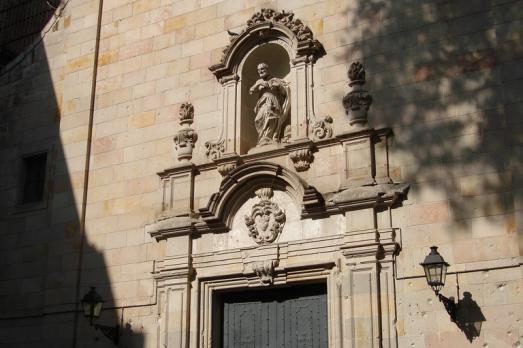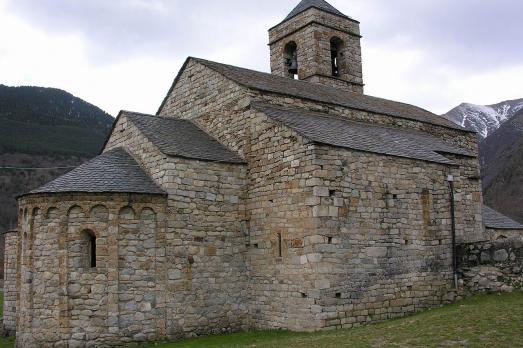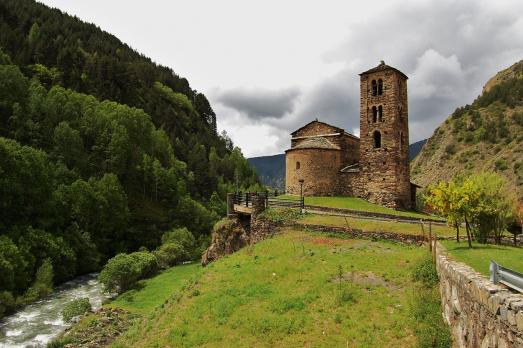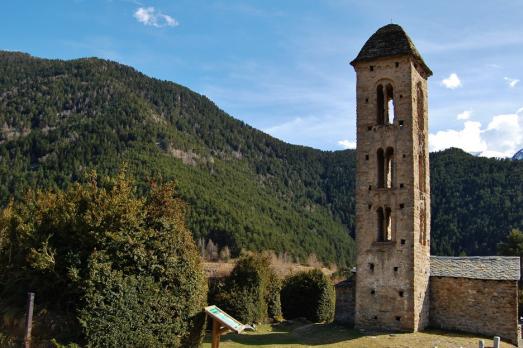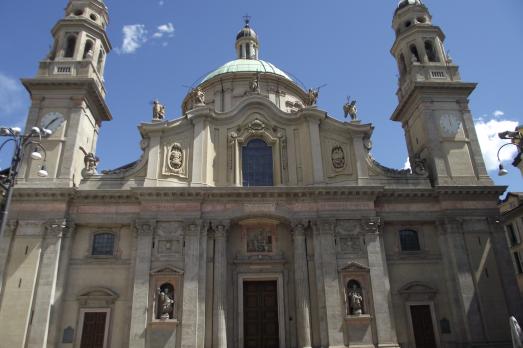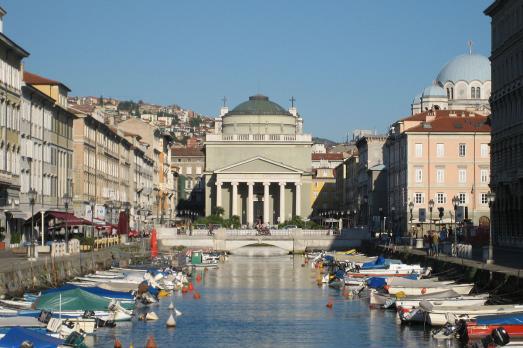
Sansepolcro Cathedral
Sansepolcro, IT
The present cathedral of Sansepolcro was built on the site of a former abbey church built around the 11th century for a first Benedictine monastery, which passed to the Camaldolese congregation in the 11th century. It was restored in the 14th century and several times thereafter. The church did not become a cathedral until 1520.
